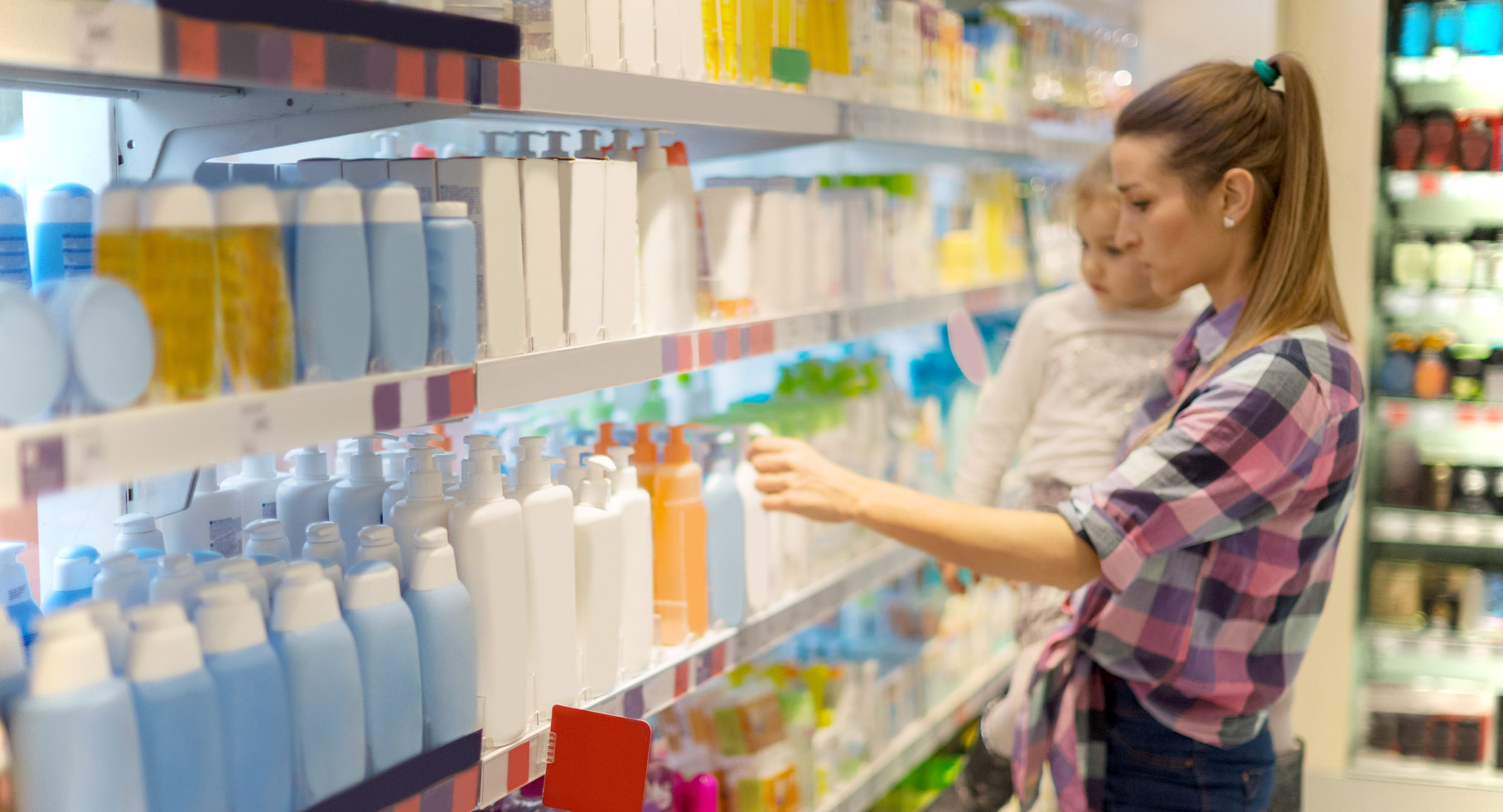Can Beauty Products Cause Early Puberty in Girls?

Was the perfume you used while pregnant now harmful to your daughter? What about that soap? Or the bright pink nail polish?
A study recently published in the journal, Human Reproduction, suggests that girls exposed before birth to certain chemicals found in cosmetics and other toiletry products may slip into early puberty sooner than peers who aren’t exposed in the same way. The study, which followed 338 children from birth through adolescence, linked precocious puberty to phthalates, used in soaps, shampoos, and perfumes, to parabens, used as a cosmetic preservative, and to phenols such as triclosan.
Researchers found that, if a mother’s urine tested twice as high in phthalates, daughters began to have pubic hair an average of 1.3 months sooner than those girls without exposure in utero. For every doubling of triclosan, girls began menstruation a month earlier.
The onset of puberty for boys, on the other hand, did not seem to be affected.
This study adds to a growing body of evidence that has linked these chemicals to early puberty, says Dr. Antonella Tosti, a dermatologist at the University of Miami Health System. “It’s not entirely new or surprising,” she added, citing other reports connecting phthalates to early menstruation. Years ago parabens, once used in deodorants, was also linked to breast cancer.
In the study, half the girls being tested began growing pubic hair when they were 9.2 years. They began menstruation when they were 10.3 years old. These chemicals, referred to as endocrine-disruptors, can interfere with natural hormones such as estrogens.
Early puberty, which is found more in girls than boys, has been noted by the medical community for some time. Better health and nutrition have long been considered the main reason for the changes. However, studies have also associated early menstruation with a greater risk of breast cancer. And girls who become sexually mature at a younger age are more likely to smoke, use alcohol and drugs, and participate in unprotected sex. A 2006 study also found that girls in precocious, or early, puberty did not reach their normal height in adulthood.
While studies, many in lab animals and not humans, have shown links between these chemicals and early puberty, there is no hard evidence of serious health effects in humans, Dr. Tosti warns. In fact, triclosan, phthalates, and parabens are not banned for use in personal care products.
It’s not just cosmetics. These chemicals are found everywhere, in plastic toys, water bottles, and juices, also in packaged foods. It’s hard to avoid them.
Dr. Antonella Tosti
Girls in the study were not tested for exposure during puberty, Dr. Tosti points out. Nor were other factors, such as later contact with the chemicals, controlled in the experiment, a limitation that the lead researcher readily admitted when she warned the findings are not absolute proof of cause and effect.
Yet, another study published in 2018 in Environmental Science and Pollution Research and cited by Dr. Tosti makes a strong argument for an irrefutable connection. “Our findings confirm a positive association between phthalate exposure and incidence of PP [precocious puberty] in girls,” researchers concluded. “Control and reduction of childhood exposure to phthalate esters should be considered as a health priority.”
So what’s a parent to do while the scientific debate continues?
Studying labels may offer peace of mind but consider it an imperfect solution. “Reading a label is complicated,” Tosti explains. “You have to have knowledge and some ingredients are not always listed.”
Just the same, you can make sure to buy toothpaste without triclosan, a chemical already banned from antibacterial soap. As for parabens, look (and avoid) mentions of ethylparaben or propylparaben. Phthalate, though, may be harder to screen for, as it’s not listed on labels. Also, check out the website for Environmental Working Group, which has rated 80,000 personal care products.
Finally, “don’t overreact,” Dr. Tosti says. “We can’t live in a glass house and I don’t want people to go around terrified.”

Ana Veciana-Suarez, Guest Columnist
Ana is a regular contributor to the University of Miami Health System. She is a renowned journalist and author, who has worked at The Miami Herald, The Miami News, and The Palm Beach Post. Visit her website at anavecianasuarez.com or follow @AnaVeciana on Twitter.
Tags: adolescent health, dermatology, Dr. Antonella Tosti, phthalates, plastics, puberty
